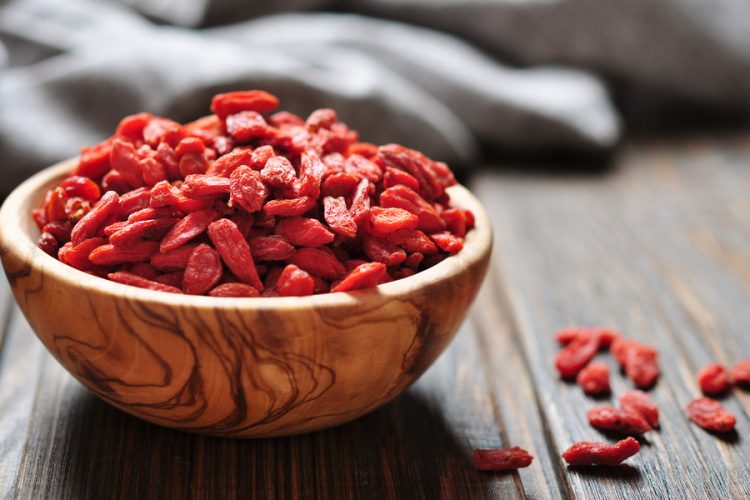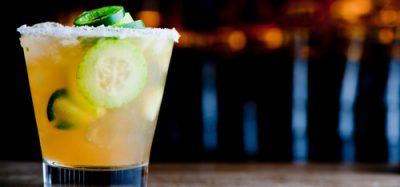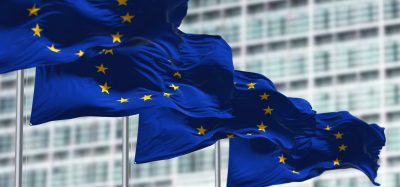Genetic barcodes to fight fraudulent superfoods
- Like
- Digg
- Del
- Tumblr
- VKontakte
- Buffer
- Love This
- Odnoklassniki
- Meneame
- Blogger
- Amazon
- Yahoo Mail
- Gmail
- AOL
- Newsvine
- HackerNews
- Evernote
- MySpace
- Mail.ru
- Viadeo
- Line
- Comments
- Yummly
- SMS
- Viber
- Telegram
- Subscribe
- Skype
- Facebook Messenger
- Kakao
- LiveJournal
- Yammer
- Edgar
- Fintel
- Mix
- Instapaper
- Copy Link
Posted: 2 March 2018 | George Smith (New Food) | No comments yet
Increased demand for certain medicinal plants for health foods has created a new and lucrative market for fraudsters. Researchers have developed a new lock and key technique to fight this ever-growing species of fraud.


IN DEMAND: The growing goji berry market presents an opportunity for fraudsters
Chia seeds, moringa powder, açai or goji berries, the list of foods with alleged health benefits is increasing constantly.
Health-conscious consumers love “superfoods” that are attributed stress-reducing and detoxifying properties as well as properties strengthening the immune system.
Now there is a growing trend of consumers to use not only proven household remedies, such as hot lemon or sage tea, but medicinal plants from abroad, such as Indian basil, also known as tulsi.
But the more exotic the foods are, the less the consumer can be sure to have the original product. Mix-ups or product counterfeiting are increasing. For this reason, researchers of Karlsruhe Institute of Technology (KIT) have developed genetic barcodes for superfoods.
“Thanks to globalisation, special medicinal plants that grow in a single region only have a worldwide market,” said Peter Nick of KIT’s Botanical Institute.
“If the rapidly changing superfood trends lead to a sudden increase in demand, these often cannot be met by existing capacities. The result is a booming trade in counterfeits.
“The caterpillar fungus is deemed to have a strengthening and aphrodisiac effect in traditional medicine. Every year, however, the exported quantity of this mushroom is eight times that of its harvest.”
Counterfeit medicinal plants and superfoods are difficult to identify even by experts.
“Often, these are exotic plants and no one knows what they look like,” Mr Nick added. Or only few species have the desired properties.
“1400 species of bamboo exist, but the leaves of only three can be used to prepare the popular health-promoting tea. It is similar with Indian basil, also called holy basil.
“The right tulsi may be helpful in case of breathing difficulties or bronchitis, but other species may cause allergic reactions.”
Due to such risks, plant products are checked for the correctness of the list of ingredients in import controls. These checks are mostly carried out microscopically with the help of botanical descriptions. “But in case of a powder of e.g. Chia, which is a type of sage by the way, this method is of no use,” Mr Nick added.
Nick and his team have developed a process based on small differences of the gene sequence to specifically apply gene scissors to certain points of the DNA strands that make up the genetic material.
Similar to a key that fits a lock, the scissors only fit a specific pattern of gene fragments that may serve as a genetic fingerprint for the species searched. If the scissors snap shut, the researchers know this is the right plant. “This resembles a bar code that can be read out with the corresponding scanner.” The team has already collected 7000 of such bar codes in his database.
Related topics
Equipment, Food Fraud, Health & Nutrition, Ingredients, Quality analysis & quality control (QA/QC), Research & development, Supply chain









